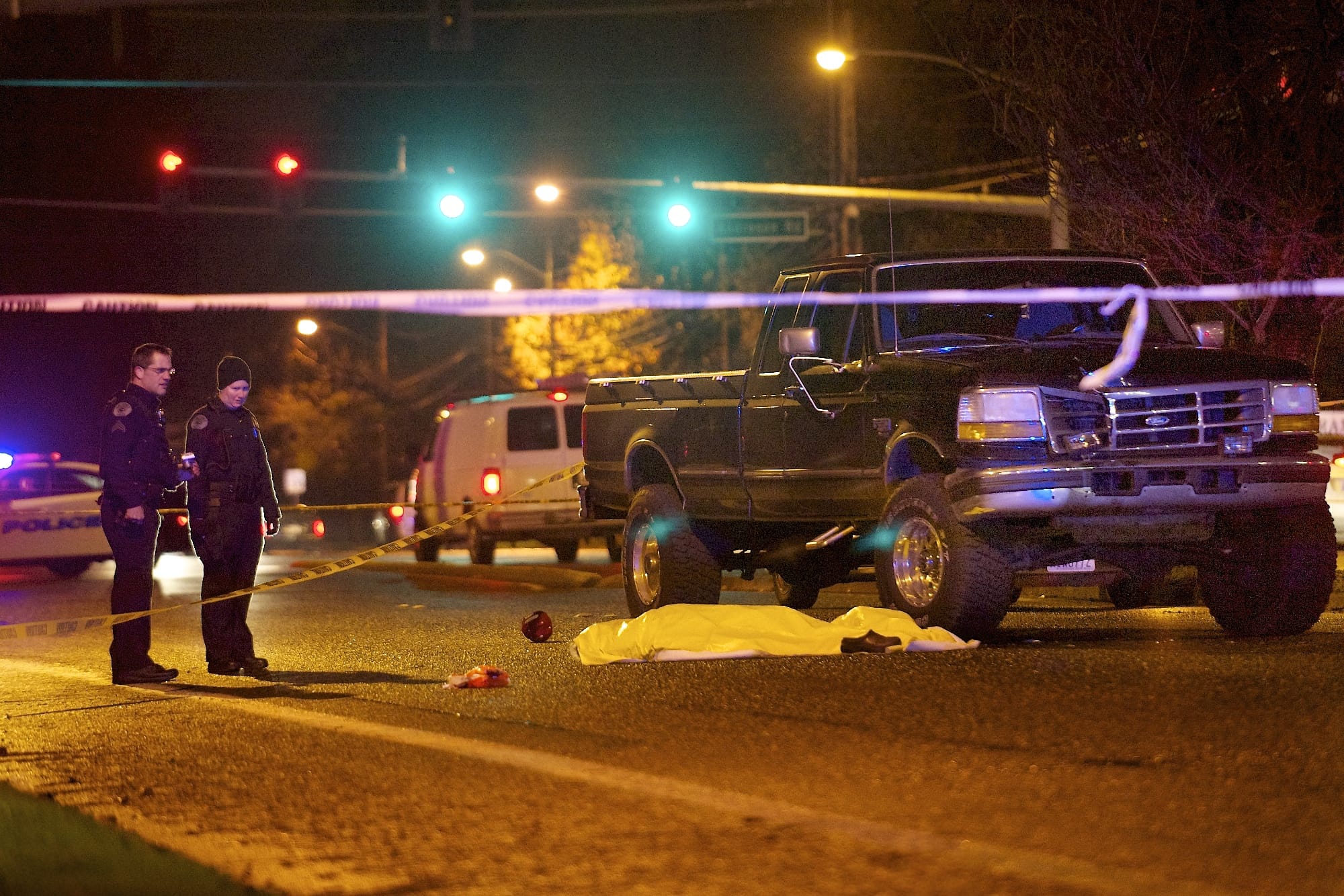After decades of downward progress, the number of fatal and serious injury crashes nationally and statewide are trending upward. The same largely holds true in Vancouver.
City officials discussed some of the key findings of a Transportation System Safety Analysis by the city of Vancouver during a presentation to the Vancouver City Council during a workshop Monday.
Above all: Vancouver drivers are driving too fast, getting distracted and having trouble safely navigating their way through large intersections; the city’s pedestrians are especially at risk; and there are solutions that can be applied to specific intersections and across the city’s roadways that could improve safety conditions.
The city built the report by examining the years 2010 to 2016 with crash data from the Washington State Department of Transportation to build its analysis. They also used crash trend data to compare Vancouver’s crash factors to those included in the state’s strategic highway safety plan, Target Zero. The city then took the data a step further and looked deeper into the data and analyzed crashes at specific intersections and road segments.




